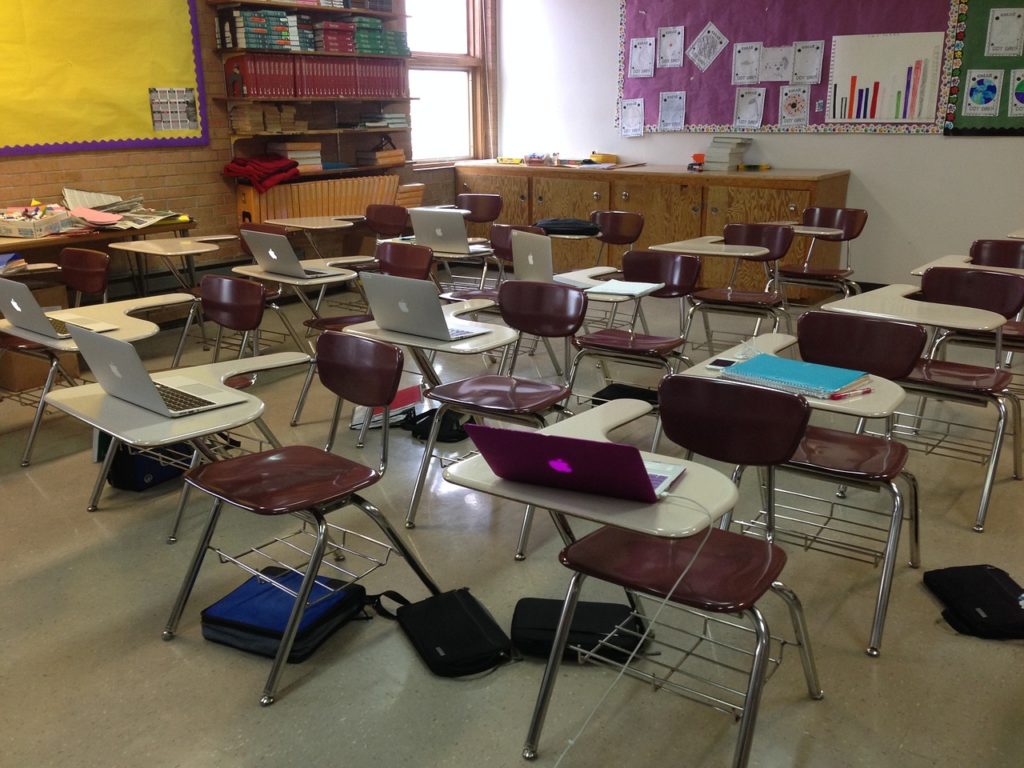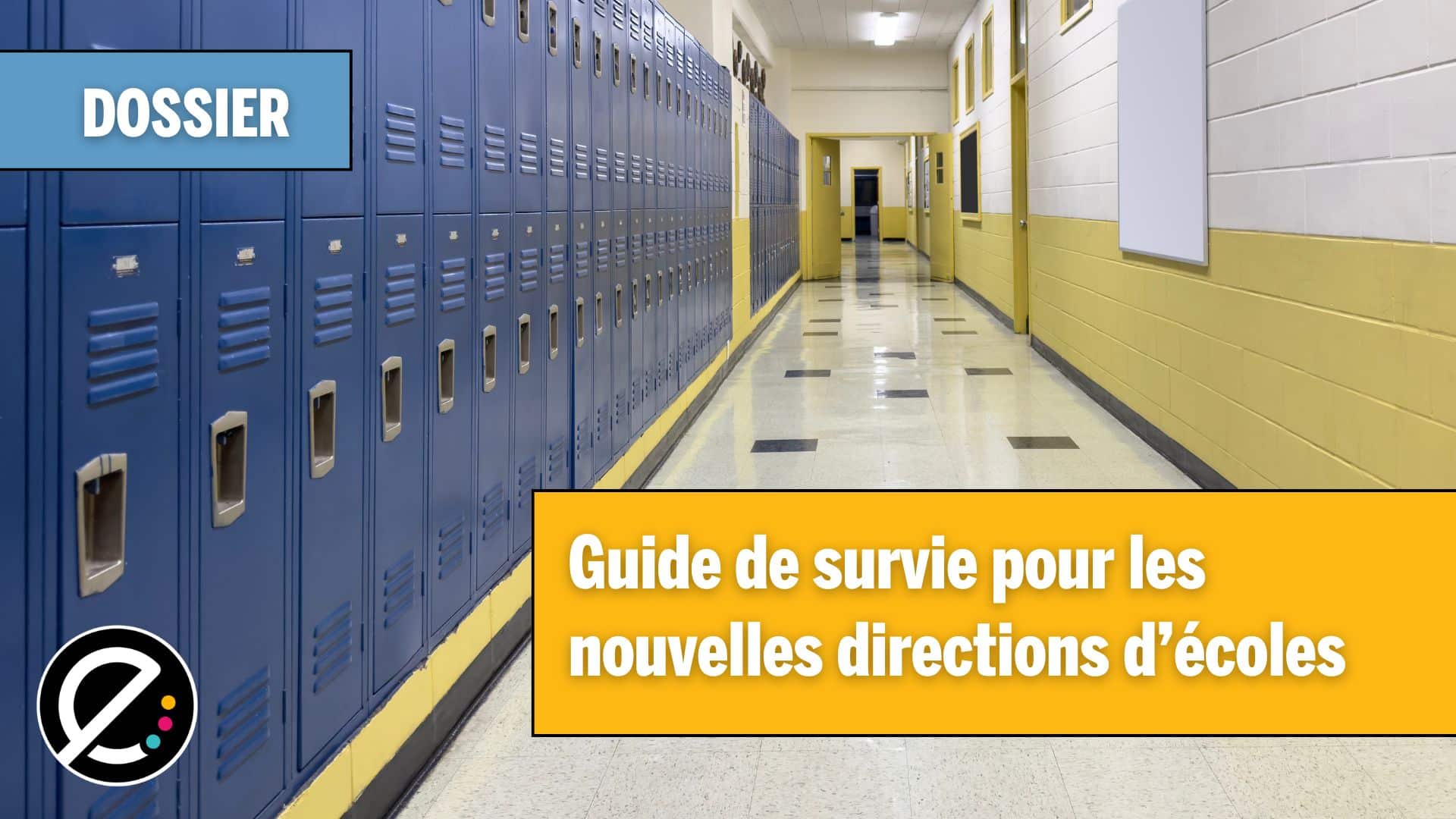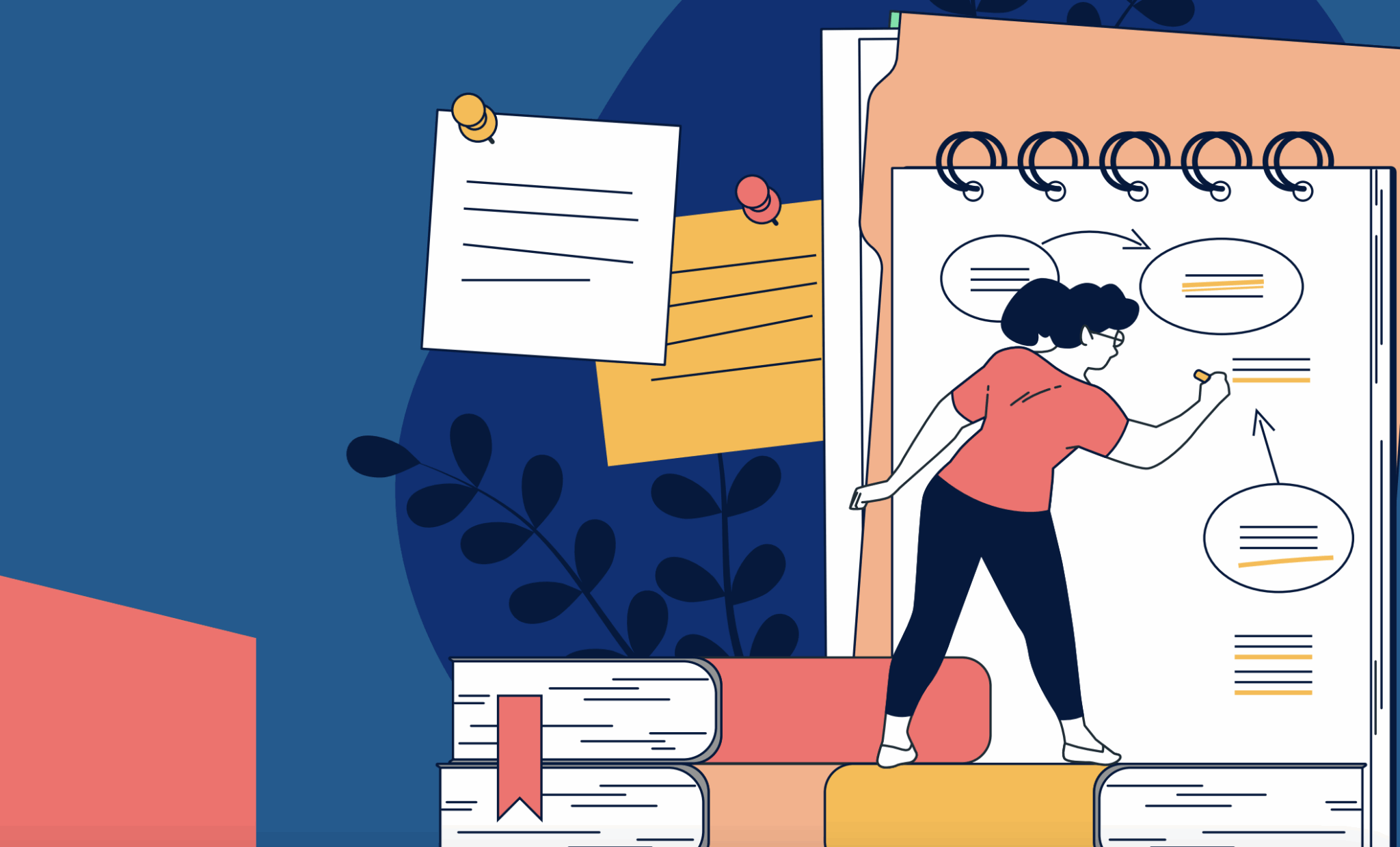Le passage à l’enseignement à distance aura été l’occasion pour les enseignants, chargés de cours et professeurs de tous les ordres (primaire, secondaire, collégial et universitaire) d’expérimenter de nouveaux outils numériques. À l’heure où les élèves et les étudiants sont de retour en classe, des acteurs du milieu de l’éducation posent un regard sur les usages pour que certains acquis demeurent.
Sylvain Duclos, enseignant au Centre de services scolaire des Navigateurs, Nelson Jean du Cégep de Rimouski, et Émilie Ringuet de l’Université du Québec à Rimouski, ont échangé sur le sujet, dans le cadre d’un panel animé par Stéphanie Dionne, de l’École branchée, pendant la plus récente Semaine de la FAD, organisée par FADIO.
Les trois panélistes se sont montrés d’accord pour dire que l’adaptation à l’enseignement à distance aura été plus facile pour « ceux qui étaient déjà embarqués dans le numérique avant ». « Pour les autres, ce fût un réel défi. Certains me disaient : “Je ne serai jamais capable” », fait remarquer Nelson Jean.
Par contre, peu importe leur degré d’aisance, les enseignants ont été littéralement submergés par une abondance d’outils numériques. « C’était étourdissant! », s’exclame Émilie Ringuet.
Une partie de son travail consistait à accompagner et guider les enseignants dans le choix des outils. « Je leur demandais de comparer l’activité qu’ils voulaient faire à distance avec celle qu’ils auraient faite en classe. Ensemble, on regardait les possibilités pour atteindre les mêmes objectifs. Ainsi, cela devenait plus concret pour eux », dit-elle.
Elle ajoute : « Cette démarche a amené plusieurs enseignants à se placer dans le rôle de l’apprenant et cela les a aussi aidé à mieux comprendre la réalité de leurs étudiants ». Sylvain Duclos renchérit : « Les enseignants sont devenus actifs dans leur propre développement professionnel ».
Peu, c’est mieux!
En fin de compte, plusieurs se sont rendu compte qu’ils n’avaient pas besoin de maîtriser tous les outils et qu’une sélection assez simple pouvait amplement suffire. « Il y a des catégories d’incontournables qui ont rapidement été identifiées : les outils pour communiquer, rejoindre les jeunes et être en lien constant avec eux (Teams, Classroom), les outils de collaboration pour mettre les élèves en action (les sous-groupes, Canva, Classkick), les outils d’évaluation ou de rétroaction pour diversifier les traces d’apprentissage amassées (GoFormative, Flipgrid) », résume Sylvain Duclos.
De son côté, Émilie indique que plusieurs professeurs ont expérimenté la vidéo sous le principe de la classe inversée pour transmettre des savoirs, expliquer des laboratoires ou présenter des évaluations. Ils ont aussi été nombreux à l’utiliser pour donner de la rétroaction plus personnalisée à leurs étudiants.
Si, au départ, la plupart des enseignants ont choisi des outils chacun de leur côté, la diversité a fait émerger un besoin de concertation dans les milieux scolaires. Il ne faut pas oublier que les élèves ont plusieurs enseignants, donc possiblement de multiples plateformes à maîtriser. « Il faut tenir compte des élèves et faire attention pour ne pas dupliquer les outils qui ont des fonctionnalités semblables », fait valoir Sylvain Duclos.
L’essayer, c’est l’adopter
Selon les panélistes, bien que l’usage de certains outils ait été imposé par la pandémie, beaucoup d’enseignants ont découvert leur potentiel et tendent maintenant à les réutiliser en salle de classe. La pandémie a aussi permis l’achat massif d’appareils électroniques, dont la majorité est maintenant disponible dans les écoles, ce qui ouvre de nouvelles perspectives pour certains.
Des formulaires utilisés à titre d’examen à distance deviennent des quiz formatifs pour aider les étudiants à se situer dans leurs apprentissages. D’autres outils qui offrent de la rétroaction rapide ou qui s’auto-corrigent, comme Kahoot, sont aussi utilisés. Les capsules vidéos enregistrées sont intégrées à des plans de travail. « Les enseignants se dédoublent et se dégagent ainsi du temps pour aider les élèves qui en ont besoin », soutient Sylvain.
La conclusion revient à Émilie Ringuet : « Je souhaite que les enseignants osent, testent, explorent, tentent. Ils ont commencé à innover, il faut garder cela! ».

Il est possible d’écouter l’intégralité de la conférence :
Dimension(s) de la compétence numérique en lien avec cet article
3- Exploiter le potentiel du numérique pour l’apprentissage
8- Mettre à profit le numérique en tant que vecteur d’inclusion et pour répondre à des besoins diversifiés
11- Développer sa pensée critique à l’égard du numérique
Voir le Cadre de référence.







